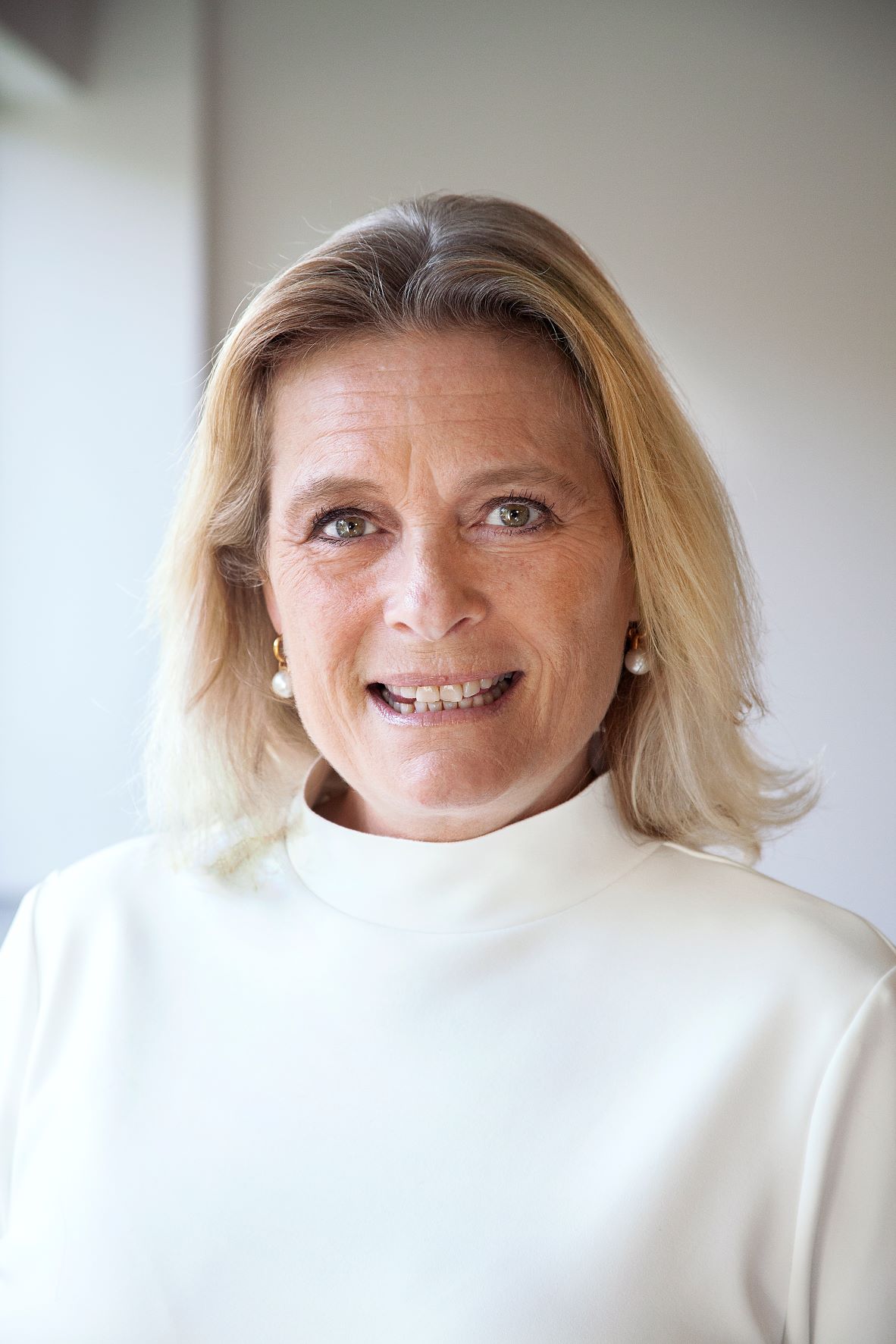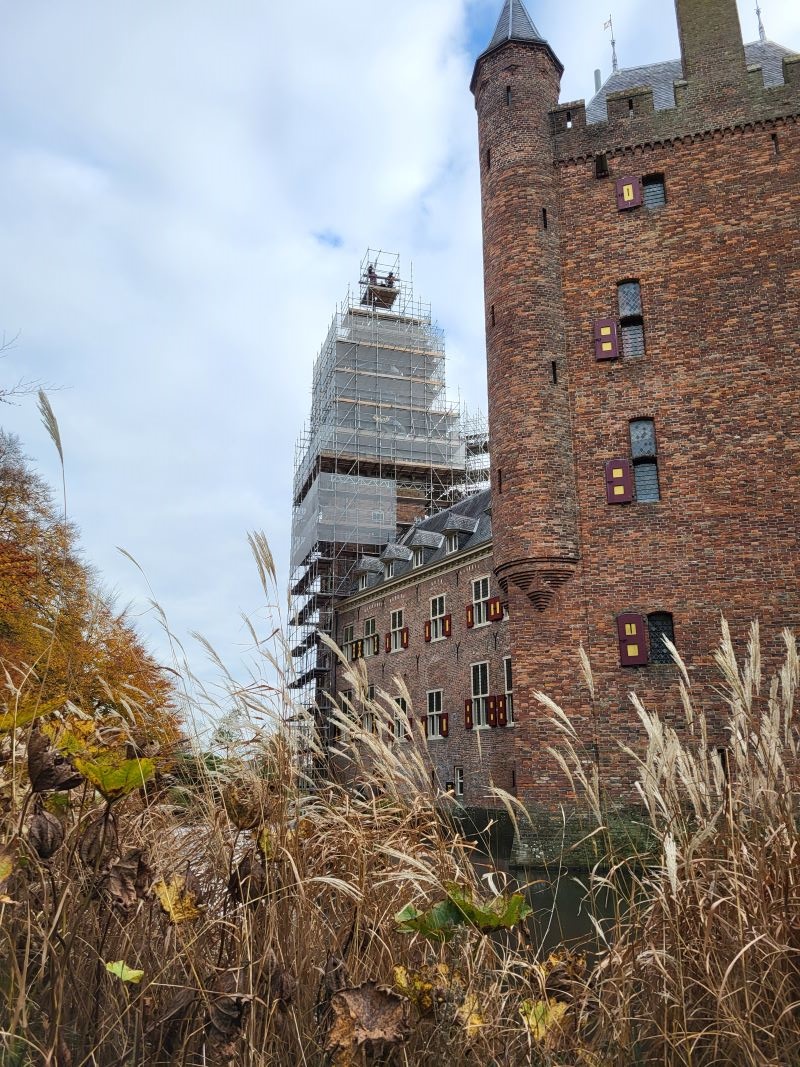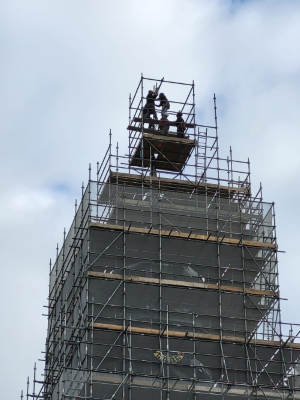Heritage

Our estate features an impressive 27 monuments and is recognized as one of the most remarkable business school campuses worldwide. It is our responsibility to preserve this valuable heritage for future generations.
Nyenrode is the Castle and the Castle is Nyenrode
Nijenrode Castle is the calling card of Nyenrode Business University and one of the most iconic landmarks in the Vecht region. It is a symbol deeply cherished not only by students and alumni, but also by the local community. This cultural and historical heritage must be safeguarded for generations to come.
The Castle is more than just a building; it is a living testament to our history and culture. It is where groundbreaking ideas were born and future leaders were shaped. From the university’s founding in 1946 until the mid-1950s, student life revolved almost entirely around the Castle. Not only did students attend classes there, but they also lived and dined within its walls—alongside their professors! Although today’s students no longer take all their classes in the Castle, it still plays a vital role in their experience. The Castle symbolizes shared memories and contributes to the formative period in which many experienced both personal and professional growth.
Nyenrode is the Castle, and the Castle is Nyenrode.
Challenges
Nijenrode Castle is facing several challenges, the most urgent being the subsidence of the Castle itself. In August 2025, renovation work will begin on the bell tower. In addition, the foundation and quay wall will also need to be addressed
Contribute to our historical heritage
Support us in maintaining Nyenrode's historical heritage. Every donation, large or small, contributes to the preservation of the splendid architecture, rich history, and meaningful traditions that make Nyenrode so exceptional.
Together, we ensure that this historical heritage remains a source of inspiration. For more information on donating, please visit the contribute page.
Current renovation projects
Bell Tower
The monumental bell tower of Nyenrode Castle holds significant cultural and architectural historical value. Although the castle did not originally feature a bell tower, and it has been dismantled and rebuilt over the centuries, the tower is now a defining element of the castle’s current appearance.
On special occasions at Nyenrode – such as graduation ceremonies, PhD defenses, the opening of the academic year, and the Dies Natalis – our professional university carillonneur, Jan Willem Achterkamp, plays the carillon housed in the bell tower.
Unfortunately, the tower is currently in a deplorable state. Several issues have accumulated, including wear on the slate roof tiles, cracks in the lead cladding of the crown, and the presence of white lead, which can cause severe leaks. Restoring the bell tower is essential to prevent further damage and to preserve the castle’s monumental character.
On November 3, 2025, the scaffolding was approved, marking an important step toward restoration. Just one day later, on November 4, a remarkable moment took place: the tower cross – located at the highest point of the tower, a full 40 meters above the square – was successfully dismantled. This officially marked the beginning of the restoration work on the tower. In the coming period, we will regularly share updates and photos of the progress.
Quay wall
This was caused by the lack of a proper foundation beneath the structure. At present, we are seeking funding to restore the quay wall to its original state.
Your contribution can help make that possible!
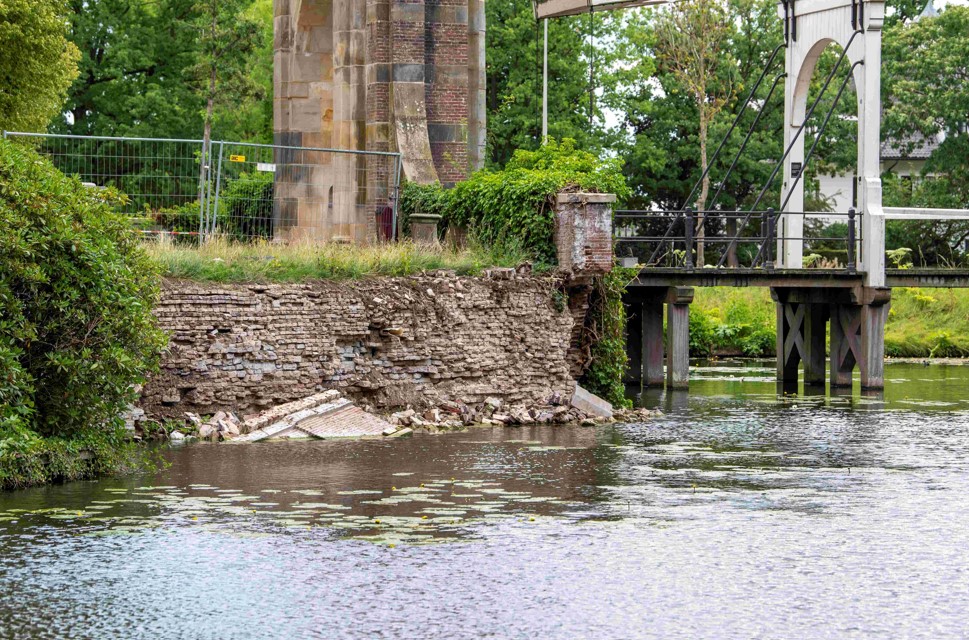
Completed renovation projects
Monumental real estate of this size requires constant attention and investment. In the past 5 years, we have invested an average of €2 million annually in maintenance and restoration. This is partly why the renovation of the Orangery, the Gatehouse and the monumental exit gate was realised. Nyenrode was awarded the Bronze Trowel for the renovation of the exit gate.
Gate Building
In 2021, we successfully completed the restoration of the Gate Building (Poortgebouw), which dates back to 1916. This historic building serves as the entrance to the estate. During the university's 75th-anniversary celebrations, Hans Oosters, the Commissioner of the King in the province of Utrecht, officially reopened the building.
The restoration was made possible with substantial contributions from the Heritage Gems Fund of the province of Utrecht and the Prince Bernhard Cultural Fund.
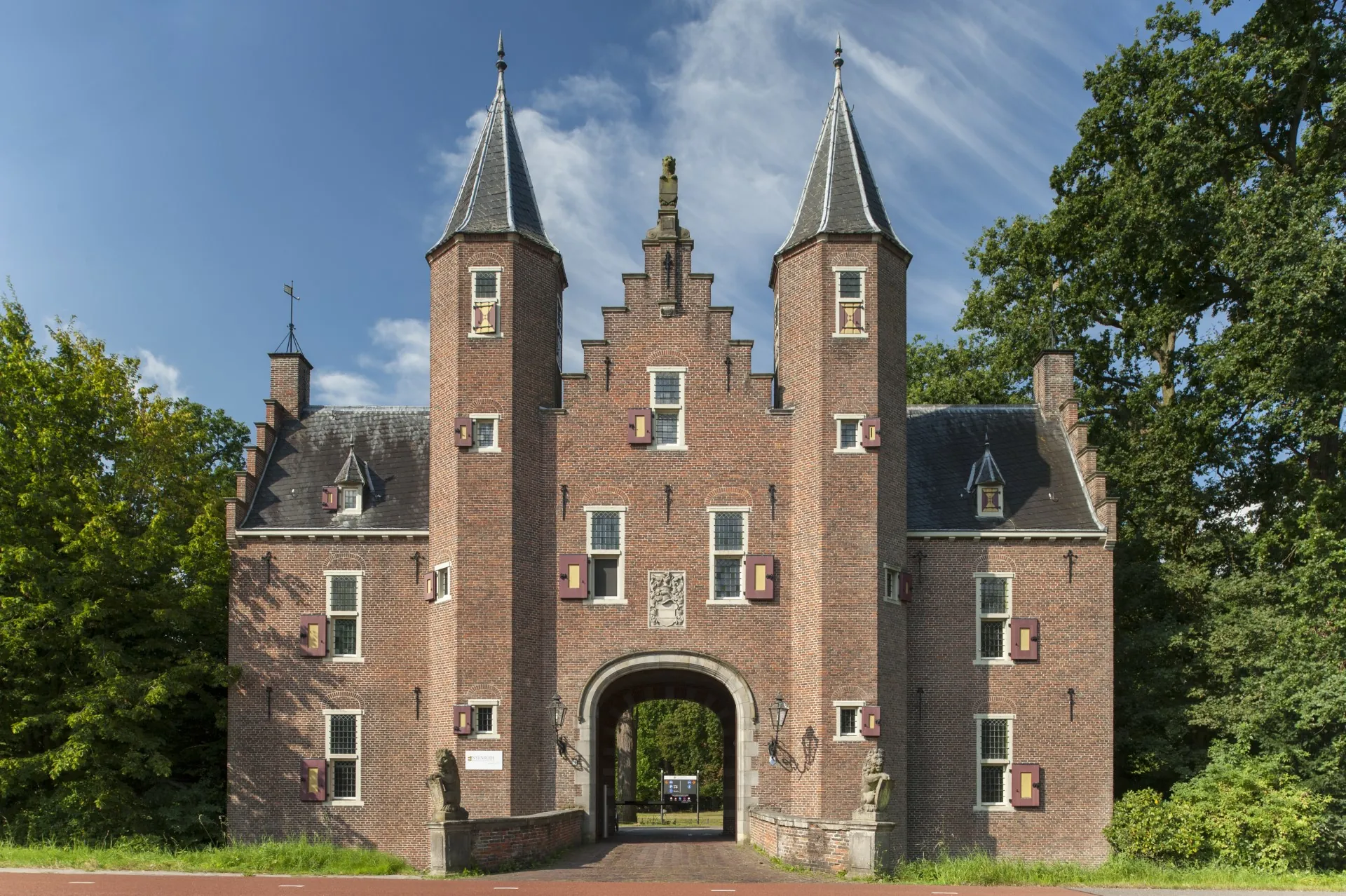
Vegetable Garden Complex
The Vegetable Garden Complex was established around 1910 under the ownership of castle owner Michiel Onnes (1878 - 1972).
---lq.jpg?sfvrsn=66d8dd14_2)
Aviary Complex
This project was made possible thanks to the Province of Utrecht, the Prince Bernhard Cultural Fund, the Countess of Bylandt Foundation, and the Building Blocks for Animal Welfare Foundation.
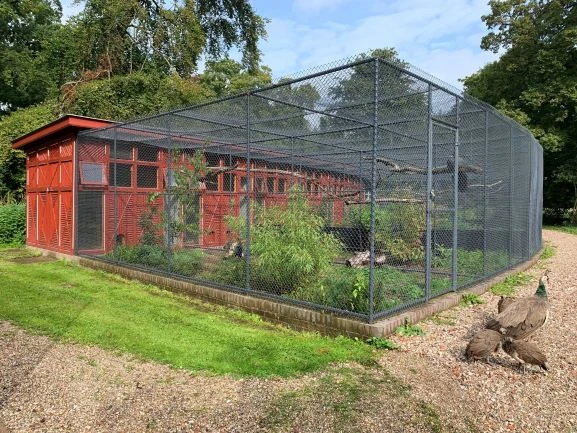
Contact
-
Christina Ceulemans
Job title Sr. relations manager fundraiserPhone number +31 (0) 682 607 913Email address Send me an email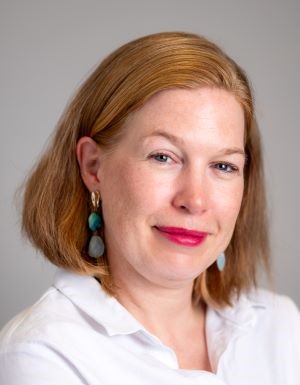
-
Heleen van Hall
Job title Alumni Relations, External Relations & FundraisingPhone number +31 346 291 432Email address Send me an email